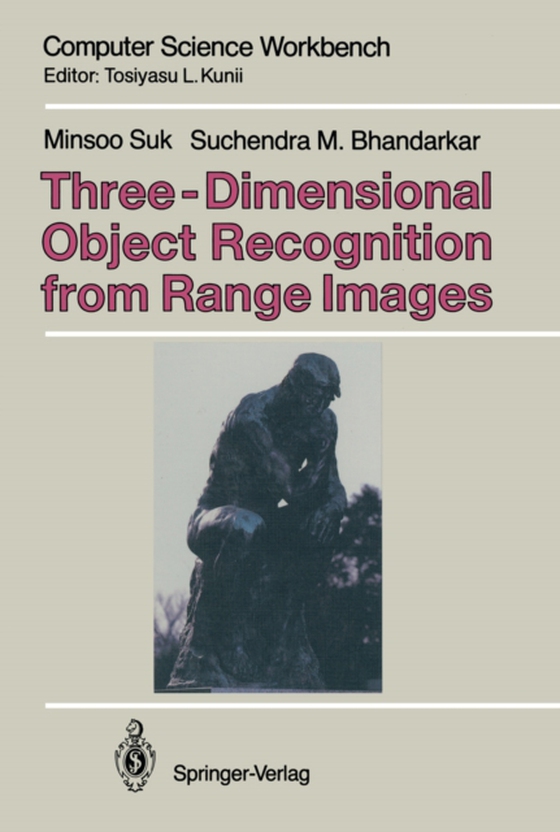
Three-Dimensional Object Recognition from Range Images e-bog
436,85 DKK
(inkl. moms 546,06 DKK)
Computer Science Workbench is a monograph series which will provide you with an in-depth working knowledge of current developments in computer technology. Every volume in this series will deal with a topic of importance in computer science and elaborate on how you yourself can build systems related to the main theme. You will be able to develop a variety of systems, including computer software ...
E-bog
436,85 DKK
Forlag
Springer
Udgivet
6 december 2012
Genrer
Computer hardware
Sprog
English
Format
pdf
Beskyttelse
LCP
ISBN
9784431682134
Computer Science Workbench is a monograph series which will provide you with an in-depth working knowledge of current developments in computer technology. Every volume in this series will deal with a topic of importance in computer science and elaborate on how you yourself can build systems related to the main theme. You will be able to develop a variety of systems, including computer software tools, computer graphics, computer animation, database management systems, and computer-aided design and manufacturing systems. Computer Science Workbench represents an important new contribution in the field of practical computer technology. T08iyasu L. Kunii PREFACE The primary aim of this book is to present a coherent and self-contained de- scription of recent advances in three-dimensional object recognition from range images. Three-dimensional object recognition concerns recognition and localiza- tion of objects of interest in a scene from input images. This problem is one of both theoretical and practical importance. On the theoretical side, it is an ideal vehicle for the study of the general area of computer vision since it deals with several important issues encountered in computer vision-for example, issues such as feature extraction, acquisition, representation and proper use of knowl- edge, employment of efficient control strategies, coupling numerical and symbolic computations, and parallel implementation of algorithms. On the practical side, it has a wide range of applications in areas such as robot vision, autonomous navigation, automated inspection of industrial parts, and automated assembly.
 Dansk
Dansk

